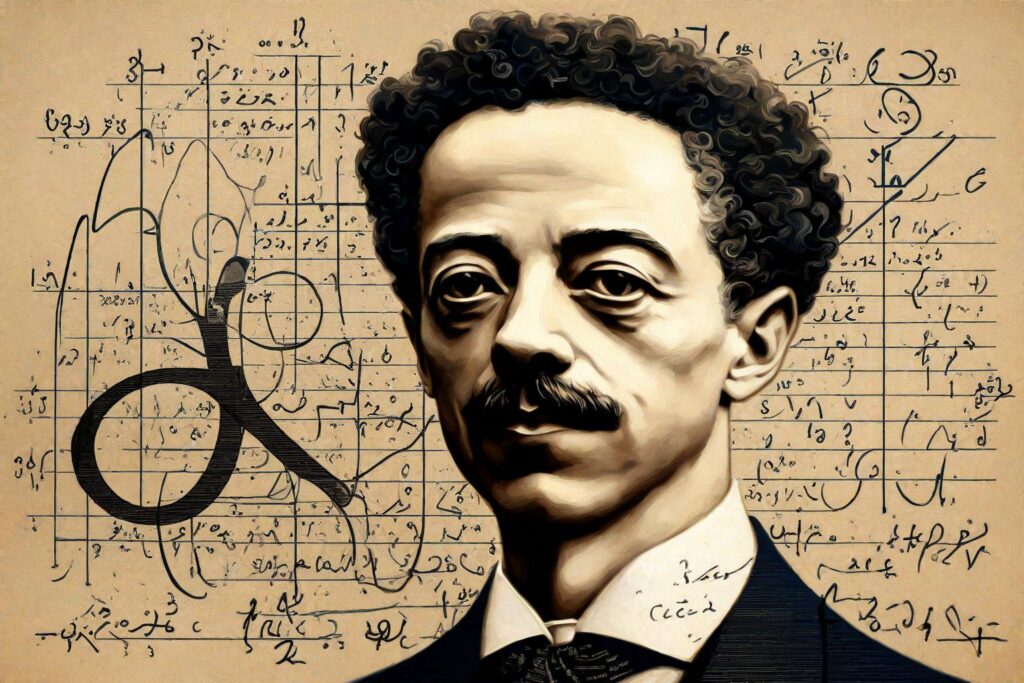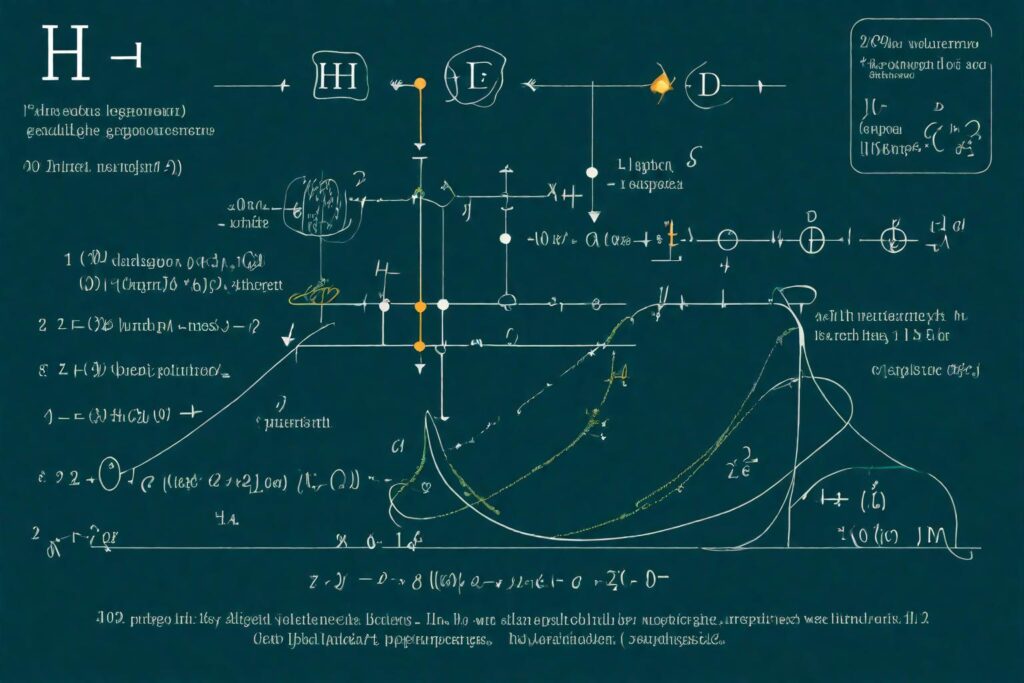The wavelength of matter wave is independent of

When delving into the fascinating realm of quantum physics, a common topic of interest is the nature of matter waves. A prevalent misconception is that “the wavelength of a matter wave is independent of its physical properties.” This article aims to clarify this misunderstanding by exploring the fundamental principles governing matter waves, particularly focusing on the relationship between a matter wave’s wavelength and its intrinsic properties.
Check this out also What is the driving force behind lifelong learning and adaptability?(2024)
Table of Contents
Understanding Matter Waves

Matter waves, a cornerstone of quantum mechanics, were first introduced by Louis de Broglie in 1924. This revolutionary concept proposed that not just light, but particles of matter, exhibit wave-like properties. This duality is central to understanding the behavior of particles at the atomic and subatomic levels.
The Wavelength-Particle Relationship

The wavelength of a matter wave is intrinsically linked to the momentum of the particle, as described by the de Broglie equation: λ = h/p, where λ represents the wavelength, h is Planck’s constant, and p denotes the momentum of the particle. This equation highlights a direct relationship between the wavelength of a matter wave and the properties of the particle, such as its velocity and mass.
Factors Affecting Matter Wave Wavelengths

- Mass of the Particle: The larger the mass of a particle, the shorter its wavelength. For everyday objects, this wavelength is so minuscule that wave-like properties are not observable, explaining why we don’t witness quantum effects in our daily lives.
- Velocity of the Particle: As the velocity of a particle increases, its momentum increases, leading to a decrease in its wavelength. This is particularly significant in high-energy particles in accelerators, where their wave-like nature becomes more pronounced.
- External Influences: External factors like electric and magnetic fields can alter the velocity and, consequently, the wavelength of a particle. This principle is utilised in technologies such as electron microscopy.
Applications in Modern Science

Understanding the wavelength dependency of matter waves has profound implications in various scientific fields. In quantum mechanics, it aids in the prediction of particle behaviour in different scenarios. In technology, this principle is applied in the design of electron microscopes and other devices that manipulate matter at the quantum level.
Conclusion
The idea that “the wavelength of a matter wave is independent” is a misconception. In reality, the wavelength is fundamentally dependent on the particle’s mass and velocity. This understanding is crucial for students, educators, and enthusiasts of physics, offering insight into the intriguing and sometimes counterintuitive world of quantum mechanics. By recognising the interconnectedness of these properties, we gain a deeper appreciation of the complexities of the universe at its most fundamental level.
FAQs
What is a matter wave?
A matter wave is a wave associated with any particle, exhibiting properties of both particles and waves.
Who proposed the concept of matter waves?
Louis de Broglie introduced the concept of matter waves in 1924.
Can we observe the wave nature of everyday objects?
No, for objects of everyday size and mass, the wavelength is too small to be observable.
How does the wavelength of a matter wave change with velocity?
As velocity increases, the wavelength decreases, due to the increase in momentum.
Why is understanding matter waves important?
It is essential for comprehending quantum mechanics and has practical applications in technology such as electron microscopy.

